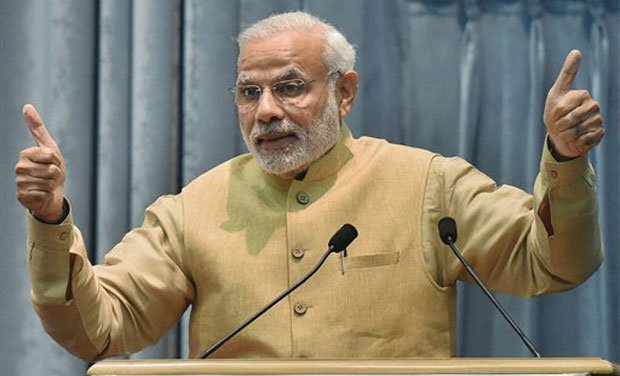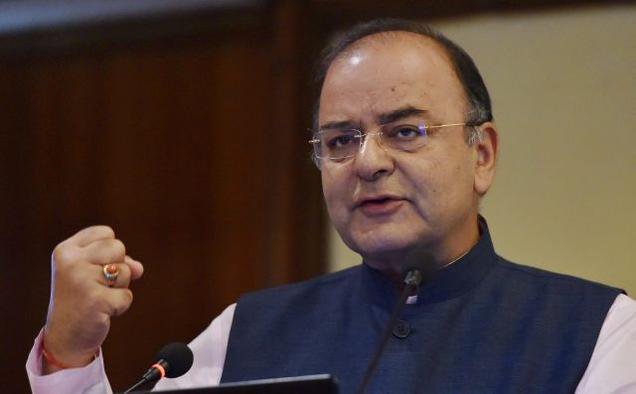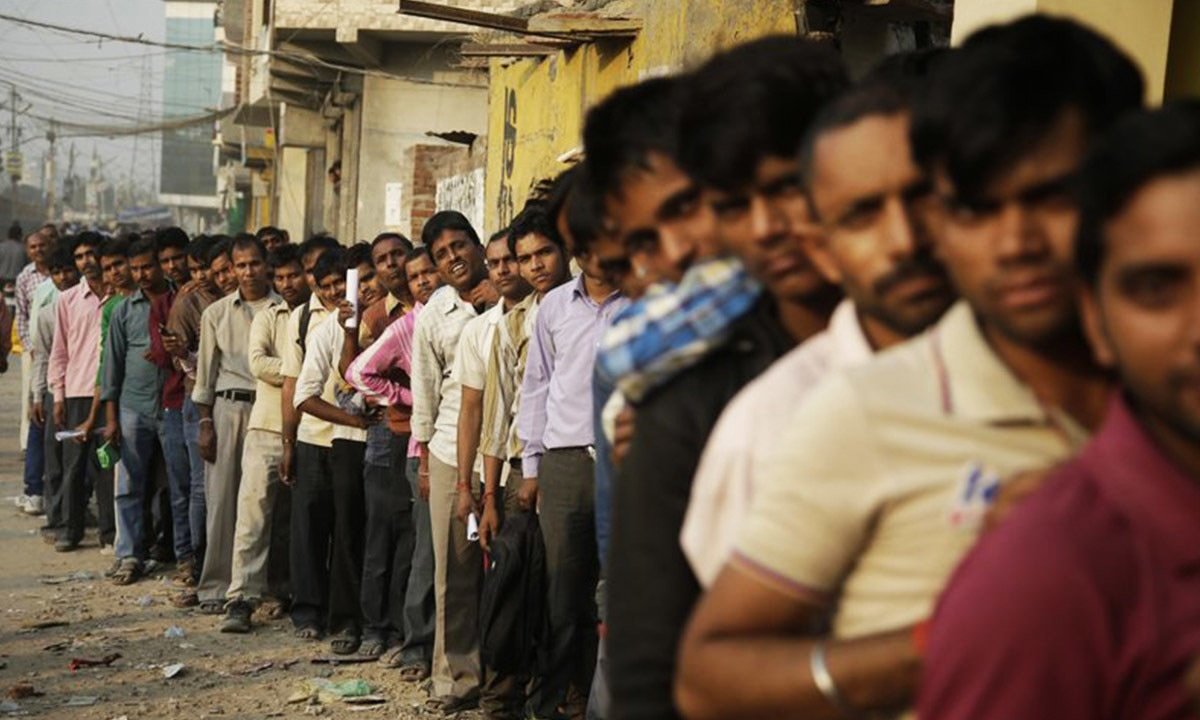Thursday morning brought a good news for Narendra Modi-led BJP government – all the way from America. Washington-based think tank Pew Research Center came up with findings that serve none less than a panacea for all the criticism plaguing Modi government.
According to the Pew’s research on three years of Modi government, nearly nine out of 10 Indians hold a favorable opinion of Prime Minister Narendra Modi while as more than two-thirds are satisfied with the direction he is taking the country.
The survey conducted among 2,464 respondents in India also found that Modi remains “by far” the most popular figure in Indian politics. His major opponents like Congress President Sonia Gandhi, its Vice-President Rahul Gandhi and Delhi Chief Minister Arvind Kejriwal are no way close to his popularity, according to the survey.

However, the question remains how reflective is the survey and its findings of the public mood on ground. There are no clear cut answers but following questions will surely add to the reading and nuance of the survey’s findings by an Indian.
Was the survey conducted across India’s all states?
No. The survey was conducted only in 16 states of the country and union territory of New Delhi. All the 2,464 respondents chosen for the survey belonged to these states. Out of the 16 states chosen for the survey, nine are ruled by BJP.
Significantly, the survey excludes conflict-torn Muslim-majority state of Jammu and Kashmir and northern states like Himachal Pradesh and Uttarakhand. Not a single state out of India’s Seven Sister states in northeast forms part of the survey. In south, Left-governed Kerala and Goa don’t figure either.
How was sampling done?
Pew’s research report does answer this question in detail. Under its International survey methodology, the think tank explains, surveys are “conducted via telephone or face-to-face interviews, depending on the country…The results are based on national samples, unless otherwise noted.”
By national samples, the think tank means those samples that include 80% or more of a country’s adult population. But is it illustrative of a population as diverse and fragmented as of India?

The answers are not hard to find as the research itself confesses that “primary sampling units” in the survey on Modi government’s three years “are urban settlements and rural districts stratified by region and urbanity.” Moreover, Pew also states that “the sample is disproportionately urban, but the data are weighted to reflect the actual urban/rural distribution in India.”
Modi’s widespread support among the urban middle class is not unknown. What Pew research fails to gauge is the perception of Modi government from India’s rural hinterland and lower sections of the society. Could its inclusion have affected the findings of the survey?
Timing of the survey
The survey was undertaken in the aftermath of demonetisation between February and March this year. A lot has changed since then.
The implementation of Goods and Services Tax has brought an immense distress on economy. Despite cheap oil prices in the global market, an Indian citizen is still paying the double of its cost – half of them as taxes. Informal sector is still reeling from the after effects of demonetisation. Economic experts have foresighted a significant dip in the growth of country’s economy in next few years. Farmers are still protesting.

Another factor was the push back to the demonetisation exercise brought out by none other than Reserve Bank of India in its annual report. According to the RBI, nearly 99 per cent currency notes of the demonetised Rs 500 and Rs 1000 value had been deposited with the bank. A finding, certainly not favourable to Modi government.
The findings from a government body came at a time when almost major part of India’s mainstream media had cried farce and failure of demonetisation for months. How BJP perceives these shortcomings can be easily understood from its election rhetoric and Modi’s rigorous campaigning in his home state of Gujarat.
Similarly, dealing with a stand-off like Doklam with China might have earned Modi government more favourable points on the survey if the study was taken in the later part of 2017.
How will the findings help Modi government?
Politics is all about perceptions and the survey will help BJP, particularly in the poll-bound states. That an American organization has acknowledged immense support for Modi government is a huge PR flip to BJP. BJP’s PR machinery will not let this survey to die down in 24-hour news cycle.
More importantly, the findings will also help BJP to silence critics at home. And it may have started already. Even though it’s far, the survey also boosts BJP’s enthusiasm ahead of the 2019 general elections with Modi’s image still dominating the scene.
At the same time, howsoever favourable the findings may be, the survey’s findings be put to test in Gujarat elections next month.

















